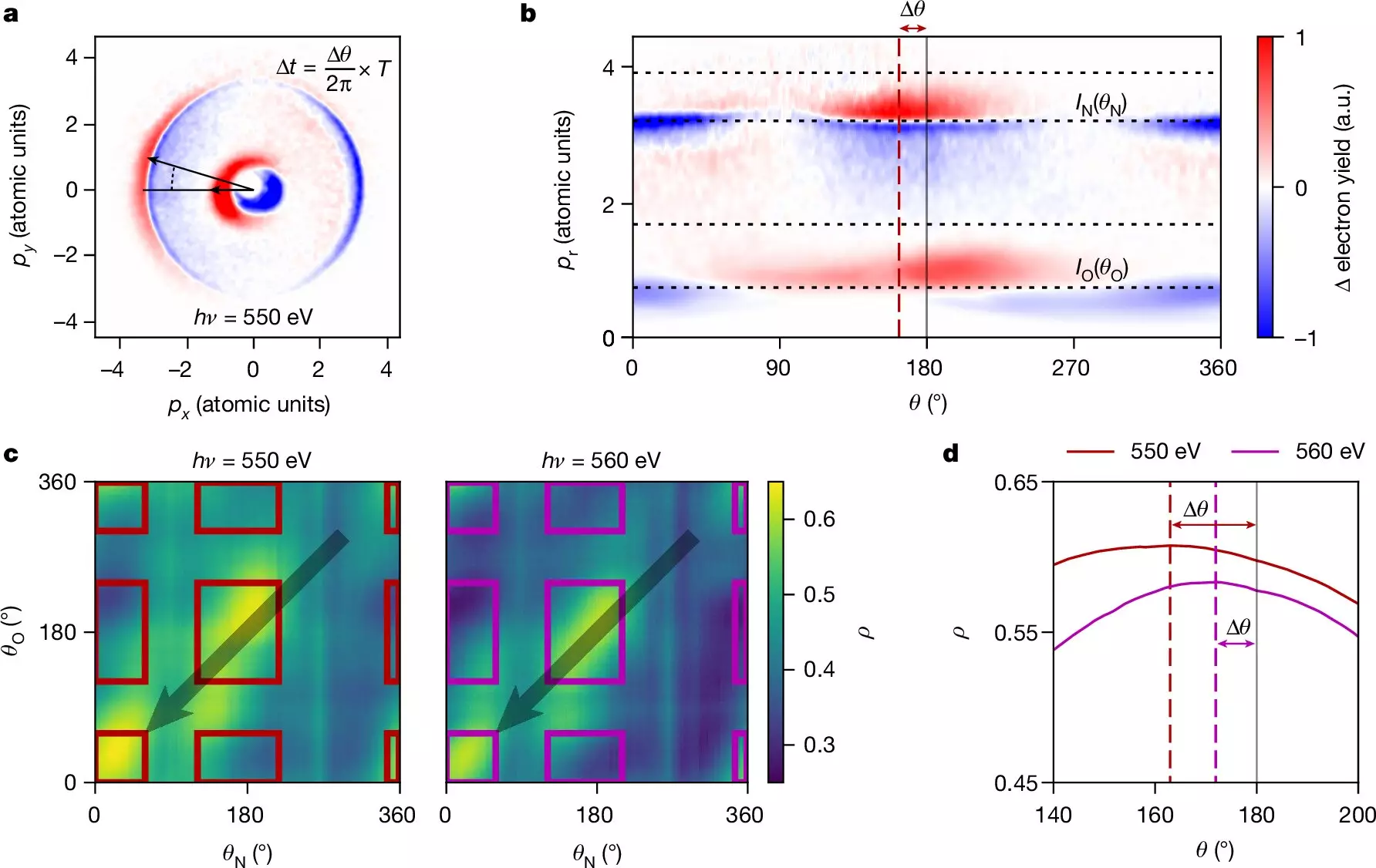The photoelectric effect has been a topic of fascination and debate for over a century. Recently, a team of scientists from the Department of Energy’s SLAC National Accelerator Laboratory made a groundbreaking discovery that sheds new light on this phenomenon. Their research, published in Nature, has provided crucial information about electron-electron interactions, which are integral to various technologies such as semiconductors and solar cells.
The team employed an innovative approach to study the photoelectric effect. By utilizing attosecond X-ray pulses from SLAC’s Linac Coherent Light Source (LCLS), they were able to ionize core-level electrons and measure the resulting photoemission delay. This delay, which represents the time taken for a molecule to absorb a photon and emit an electron, was found to be much larger than previously predicted, challenging existing theoretical models.
Lead author and SLAC scientist Taran Driver emphasized the significance of their work in advancing our understanding of electron dynamics. He highlighted the importance of measuring these delays in the X-ray domain, a feat that had not been accomplished before. The researchers also uncovered the crucial role that interactions between electrons play in shaping these delays, paving the way for new insights into electron behavior.
This study serves as a cornerstone for future experiments aimed at delving deeper into electron dynamics in various molecular systems. Other research groups have already begun utilizing this technique to study more complex molecules, revealing novel aspects of electron behavior and molecular structure. The flexibility of LCLS provides researchers with a powerful tool to explore different energies and molecular systems, offering a wealth of opportunities for making significant scientific advancements.
The recent findings on the photoelectric effect mark a milestone in our quest to unravel the mysteries of electron interactions. By unraveling the ultrafast time delays involved in photoionization, scientists have made significant strides towards a more comprehensive understanding of fundamental physical processes. The implications of this research extend far beyond the realm of theoretical physics, opening up new avenues for technological advancements and further exploration into the behavior of electrons.


Leave a Reply
You must be logged in to post a comment.